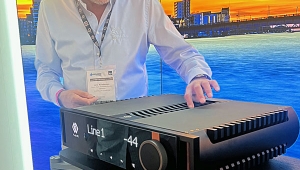| Columns Retired Columns & Blogs |
this is such a wild concept from Lansing-- the inner woofer handles mids and highs whie the outer woofer, or rather I think the full cone, handles the lows. Not sure how the two surrounds are calibrated to accomplish this. Hard to believe it actually works but I'll accept that it does, although the concept was not copied widely so I guess it's not that wonderful. The coaxial dual concentric driver makes more sense to me. I suppose the whizzer cone might be the heir to the Biflex?








































